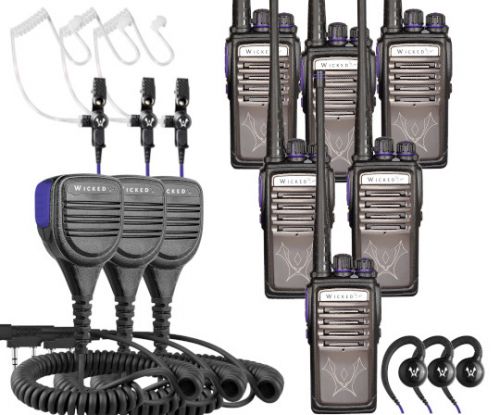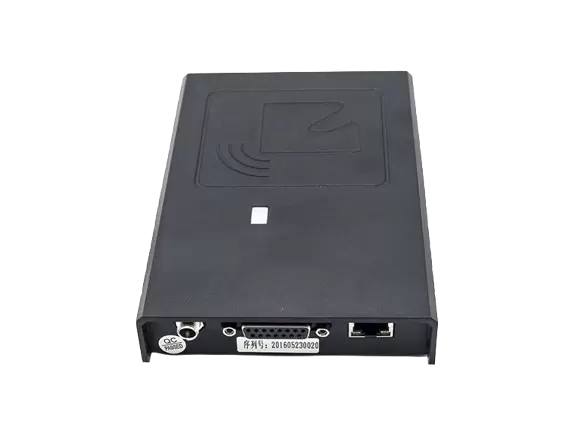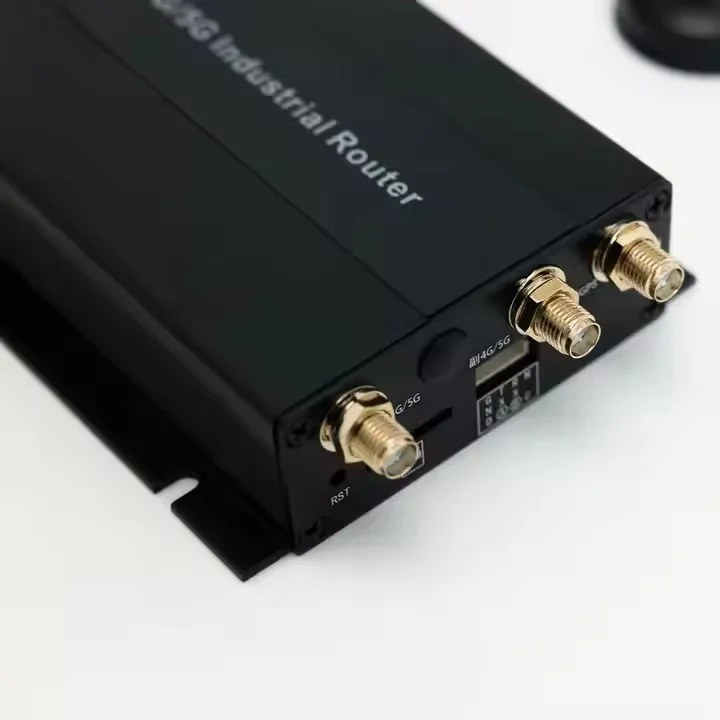Exploring the Pros and Cons of Radio Waves in Communication: Unveiling the Power and Limitations
3 min read
In today's interconnected world, communication plays a vital role in connecting people and facilitating the exchange of information. One of the most widely used methods of communication is through the utilization of radio waves. Radio waves have revolutionized the way we communicate, enabling wireless transmission of data and voice over long distances. However, like any technology, radio waves have their own set of advantages and disadvantages. In this article, we will delve into the intricacies of using radio waves in communication, exploring their strengths and limitations.
Advantages of Using Radio Waves in Communication:
- Wide Coverage: One of the primary advantages of radio waves is their ability to cover large areas. Unlike other communication methods, such as optical fibers, radio waves can travel through the atmosphere, enabling long-range communication. This makes radio waves ideal for broadcasting information to a wide audience, such as in radio and television broadcasting.
- Versatility: Radio waves can be used for various purposes, including voice communication, data transmission, and remote sensing. This versatility allows for the integration of different communication systems, such as mobile phones, Wi-Fi networks, and satellite communication.
- Cost-Effective: Implementing radio wave communication infrastructure is often more cost-effective compared to other methods. The installation and maintenance of radio towers and antennas are generally less expensive than laying cables or fiber optic networks. This makes radio waves a viable option, especially in remote or underdeveloped areas where infrastructure costs can be a significant barrier.
- Flexibility: Radio waves can penetrate obstacles such as buildings and vegetation, allowing for communication in challenging environments. This flexibility makes radio waves suitable for applications like wireless internet access, where signals need to pass through walls and obstacles.
Disadvantages of Using Radio Waves in Communication:
- Limited Bandwidth: One of the main limitations of radio waves is the limited bandwidth available for communication. As the number of wireless devices and applications increases, the available frequency spectrum becomes congested, leading to slower data transfer rates and reduced signal quality.
- Interference: Radio waves are susceptible to interference from various sources, including other electronic devices, atmospheric conditions, and physical obstacles. This interference can result in signal degradation, dropped calls, and reduced communication reliability.
- Security Concerns: Radio wave communication is vulnerable to interception and unauthorized access. Unlike wired communication, which can be more secure, radio waves can be intercepted by anyone with the right equipment, posing a risk to sensitive information.
- Signal Attenuation: Radio waves can experience signal attenuation, especially over long distances or in environments with high levels of interference. This can lead to reduced signal strength and quality, affecting the overall communication performance.
Conclusion:
Radio waves have revolutionized the way we communicate, offering wide coverage, versatility, and cost-effectiveness. However, they also come with limitations such as limited bandwidth, susceptibility to interference, security concerns, and signal attenuation. Understanding these advantages and disadvantages is crucial for making informed decisions when implementing communication systems. As technology continues to advance, it is essential to explore alternative methods and optimize the use of radio waves to overcome these limitations and enhance communication capabilities.


